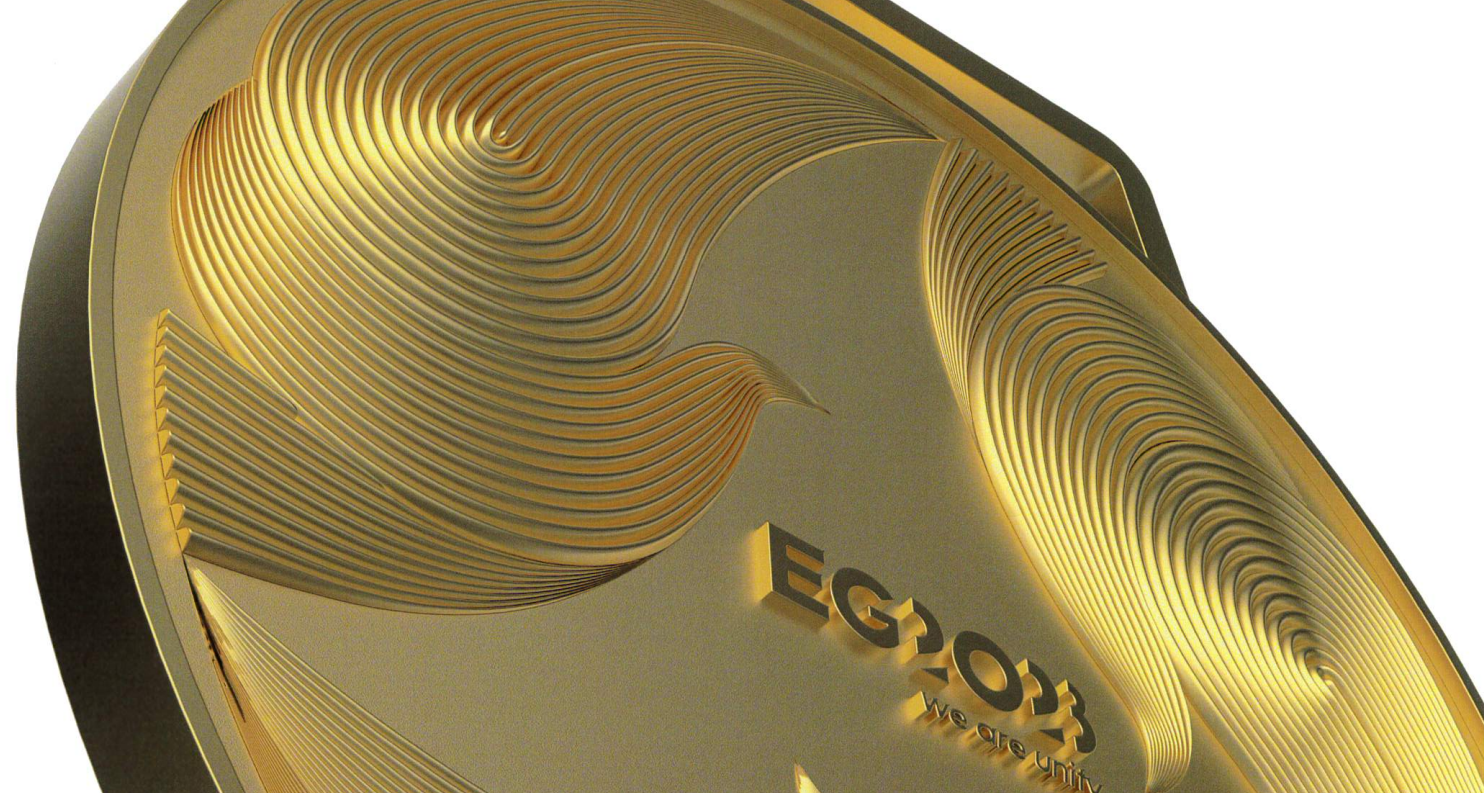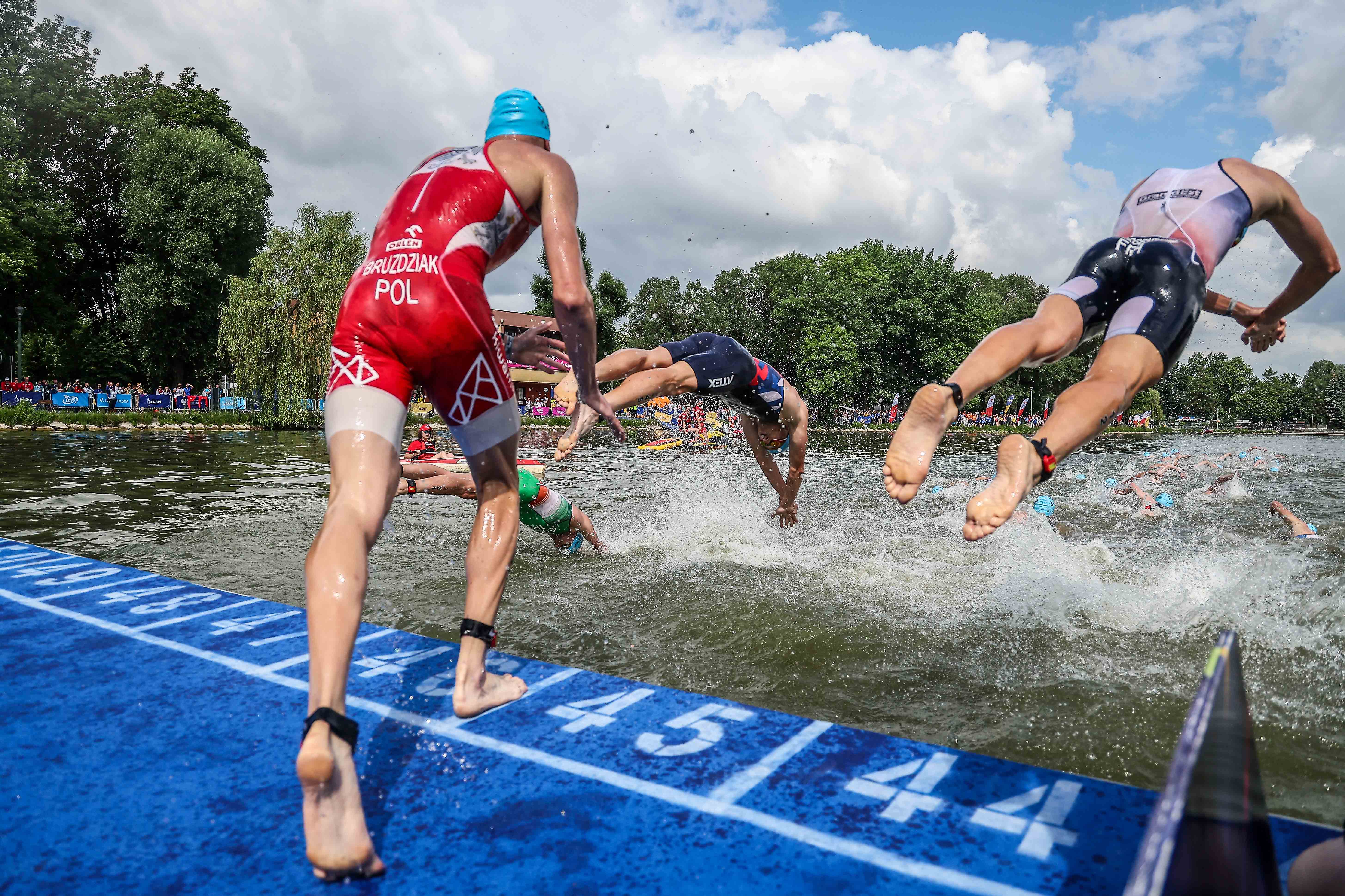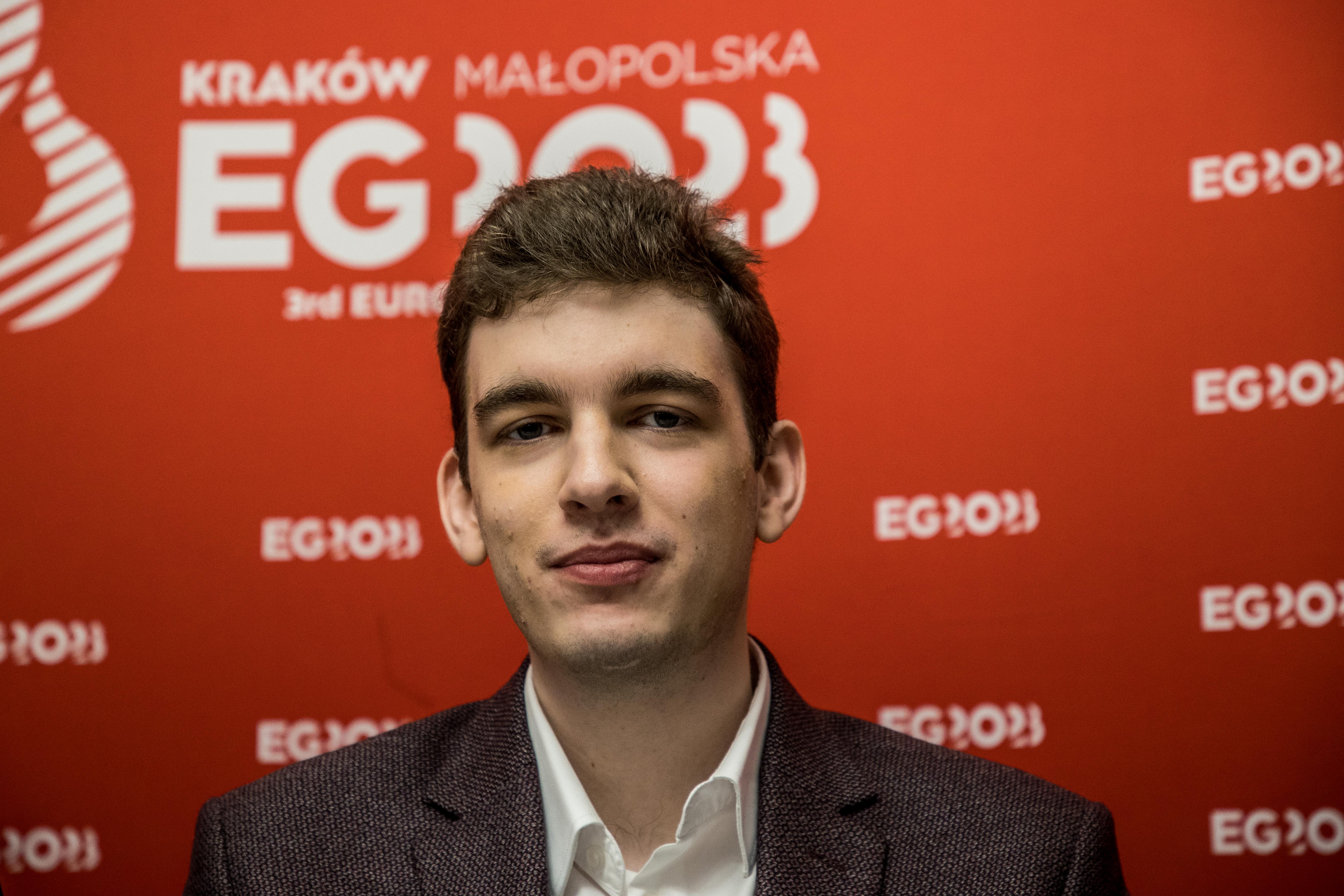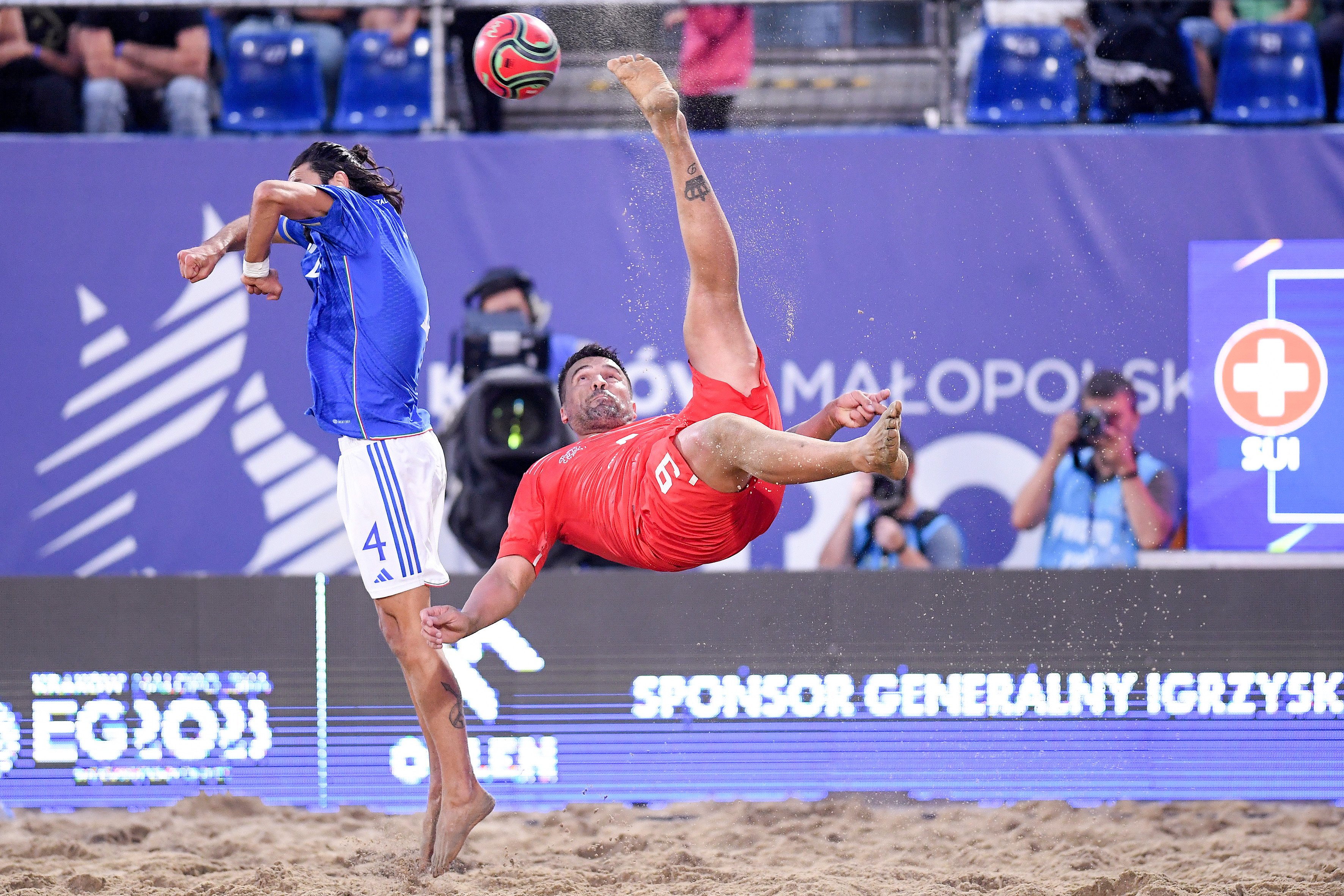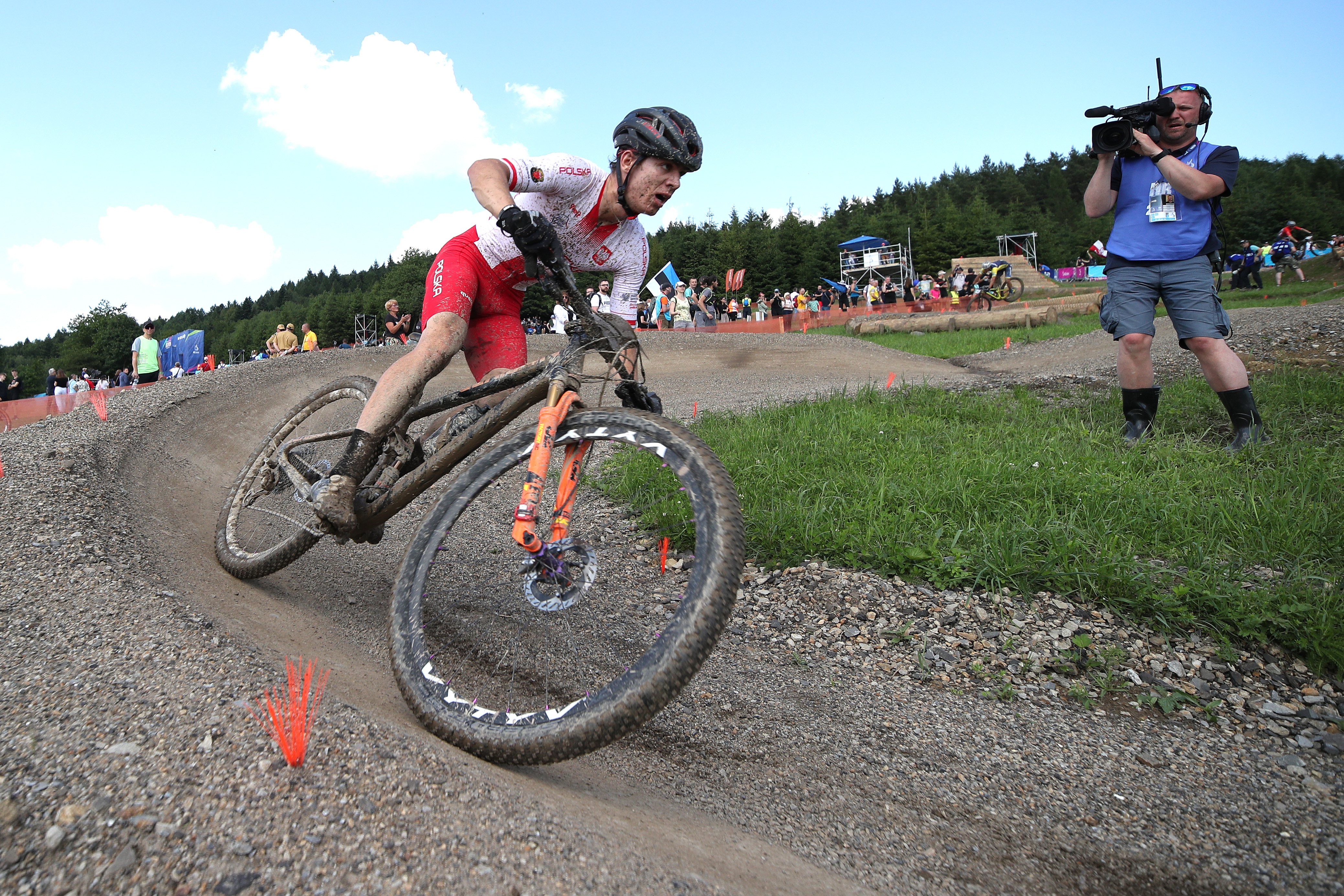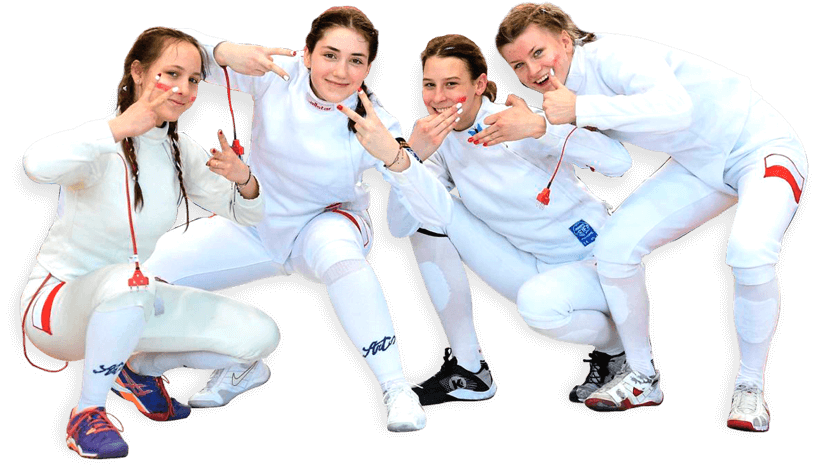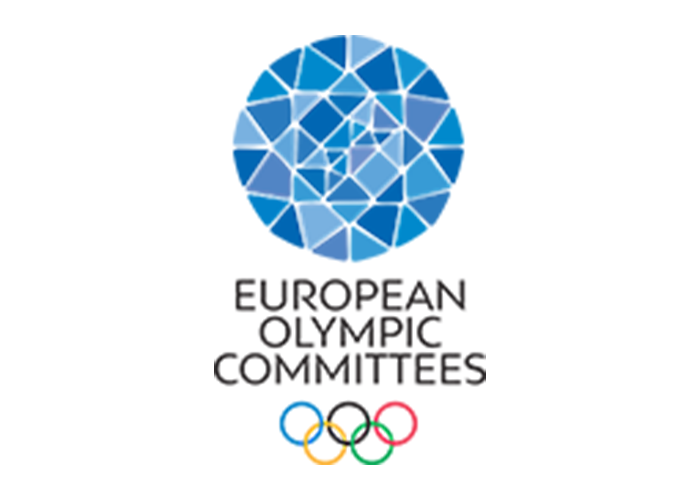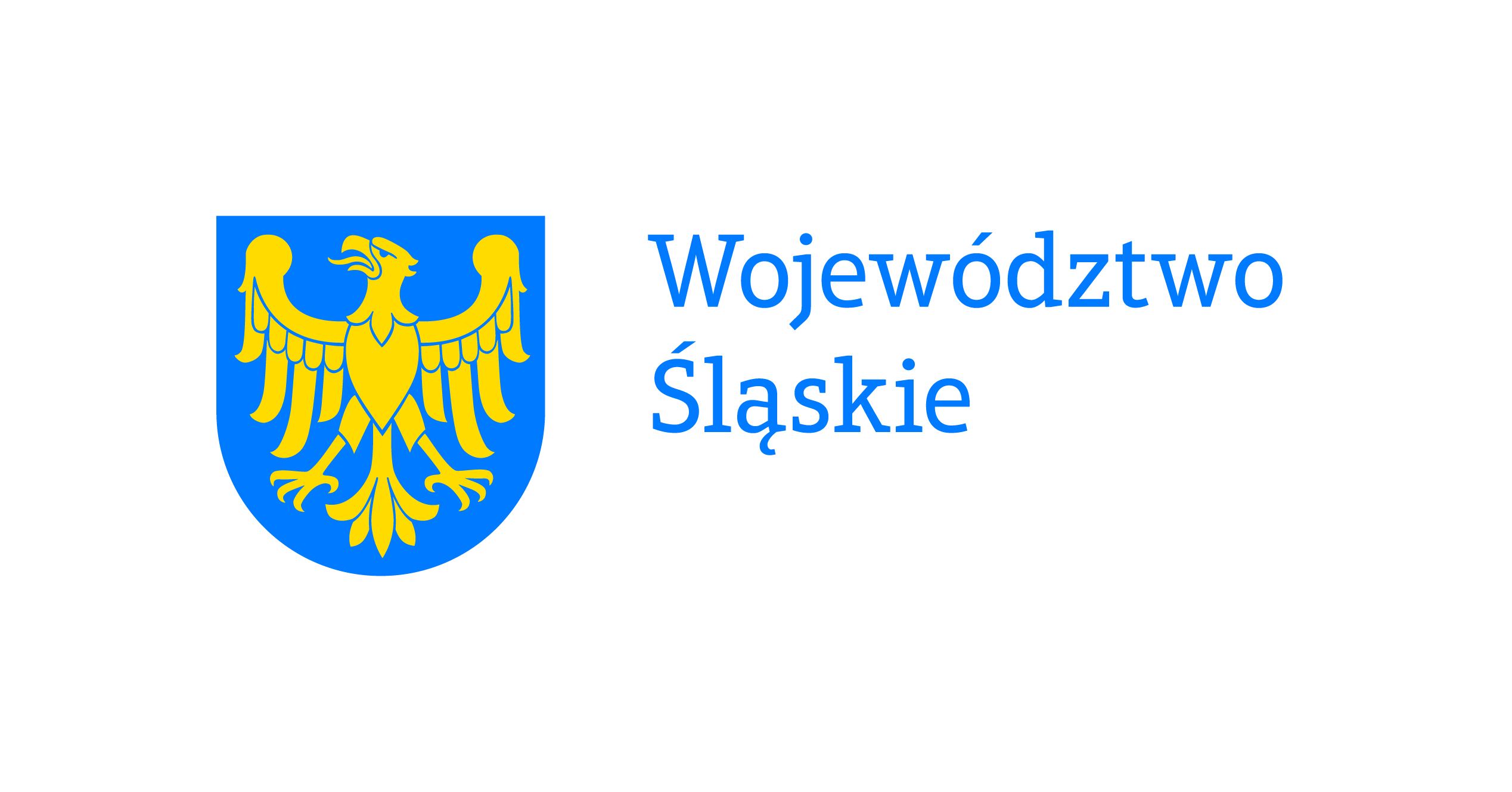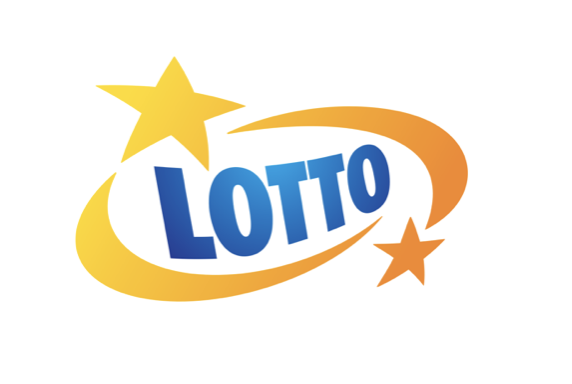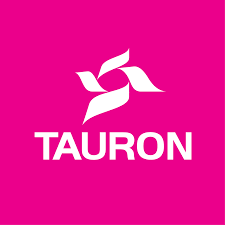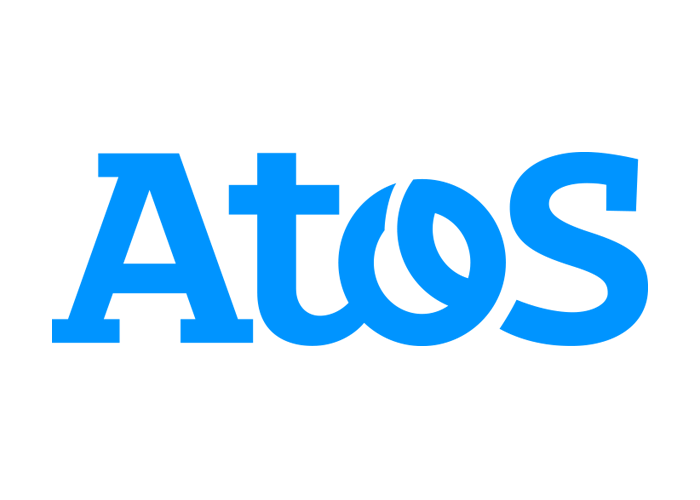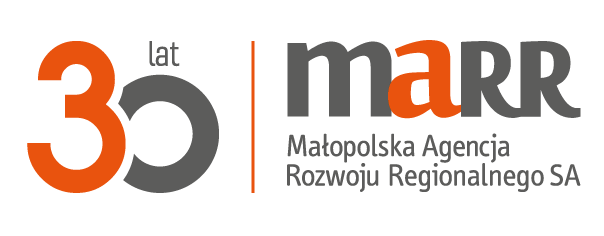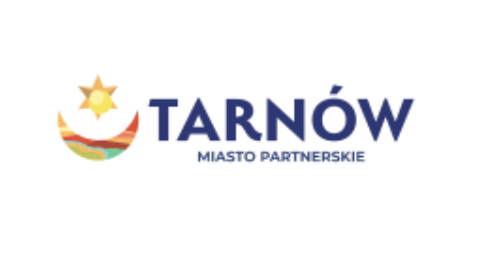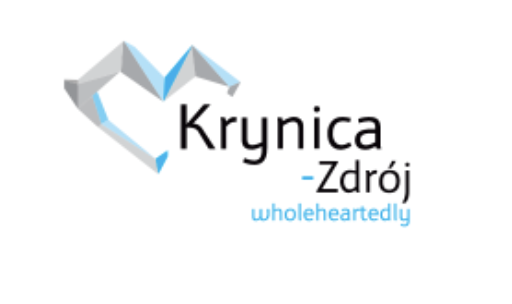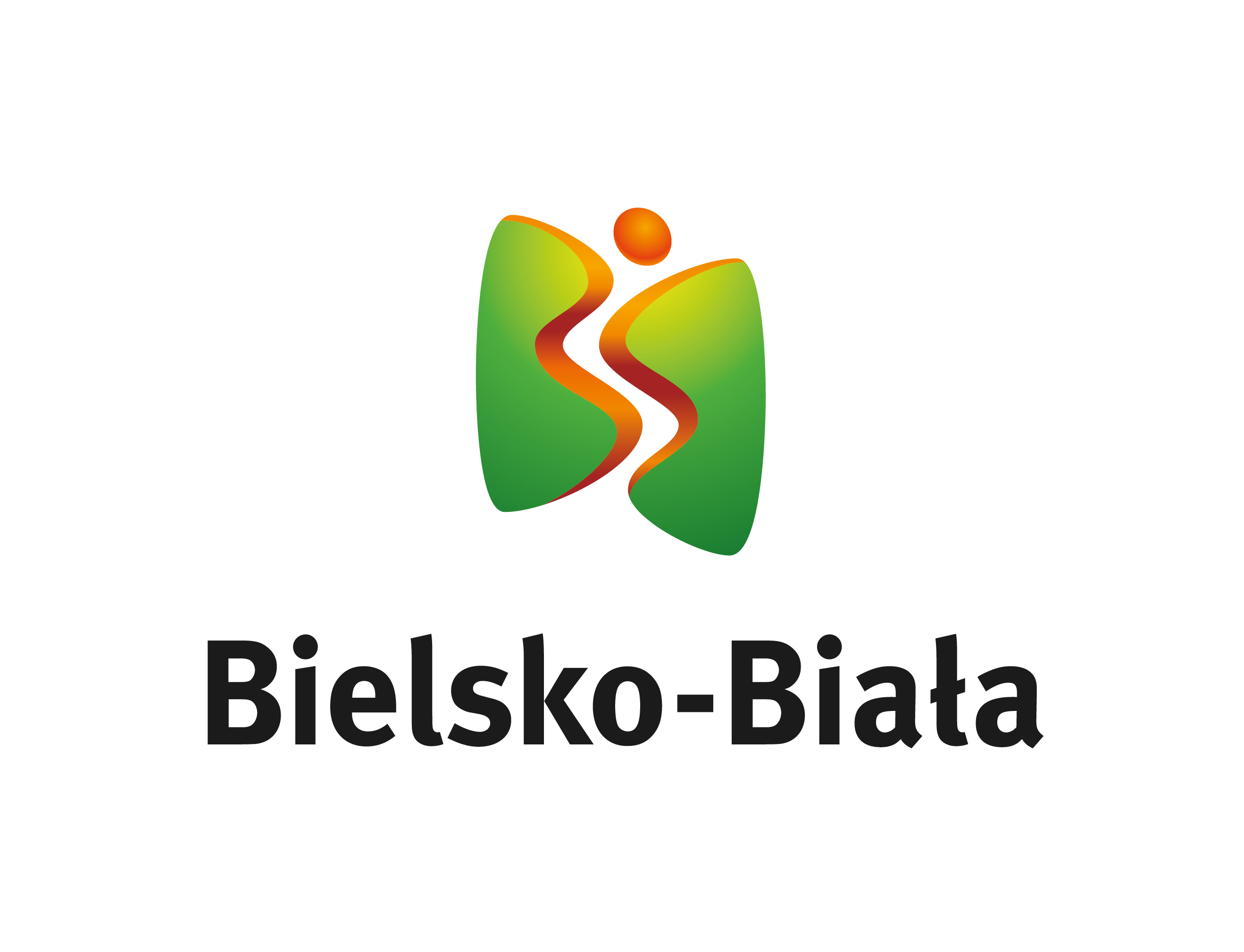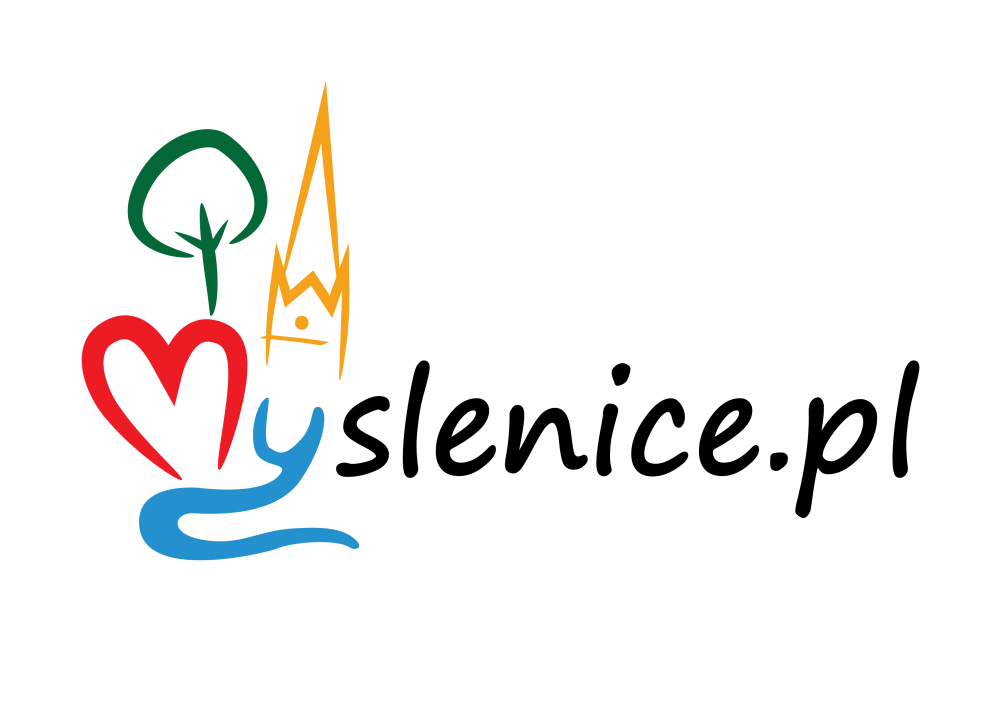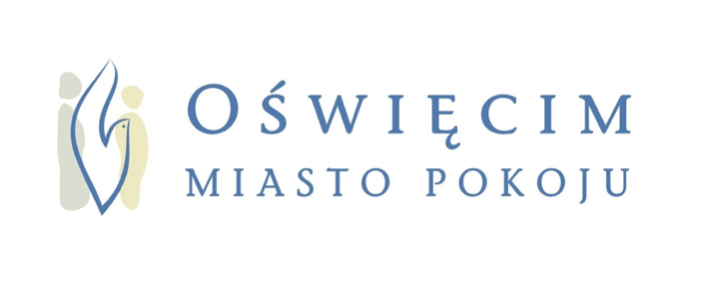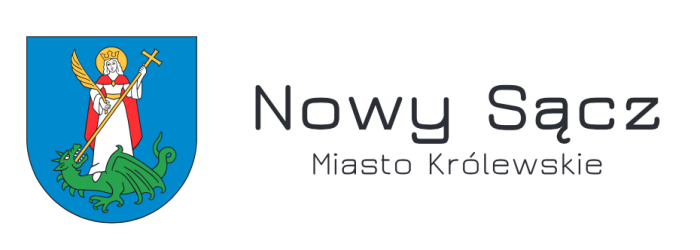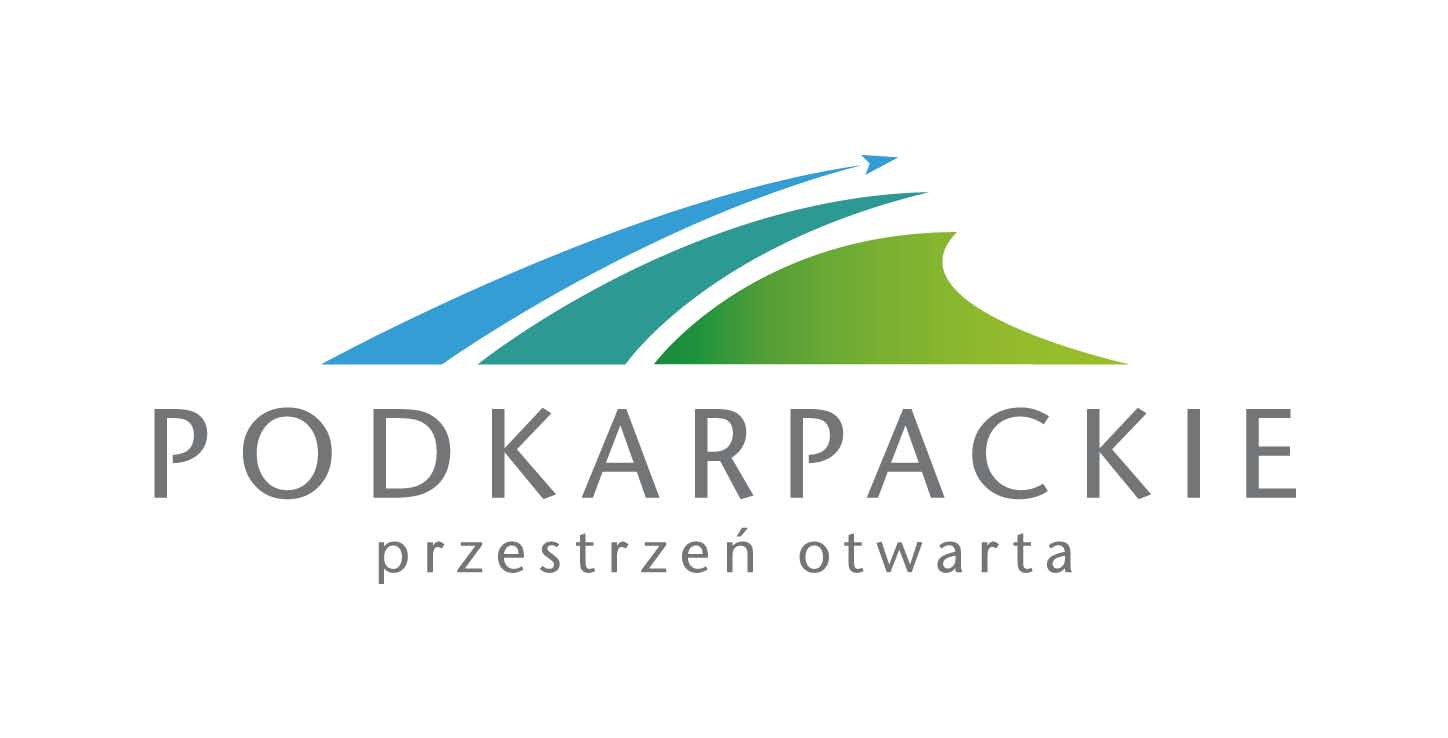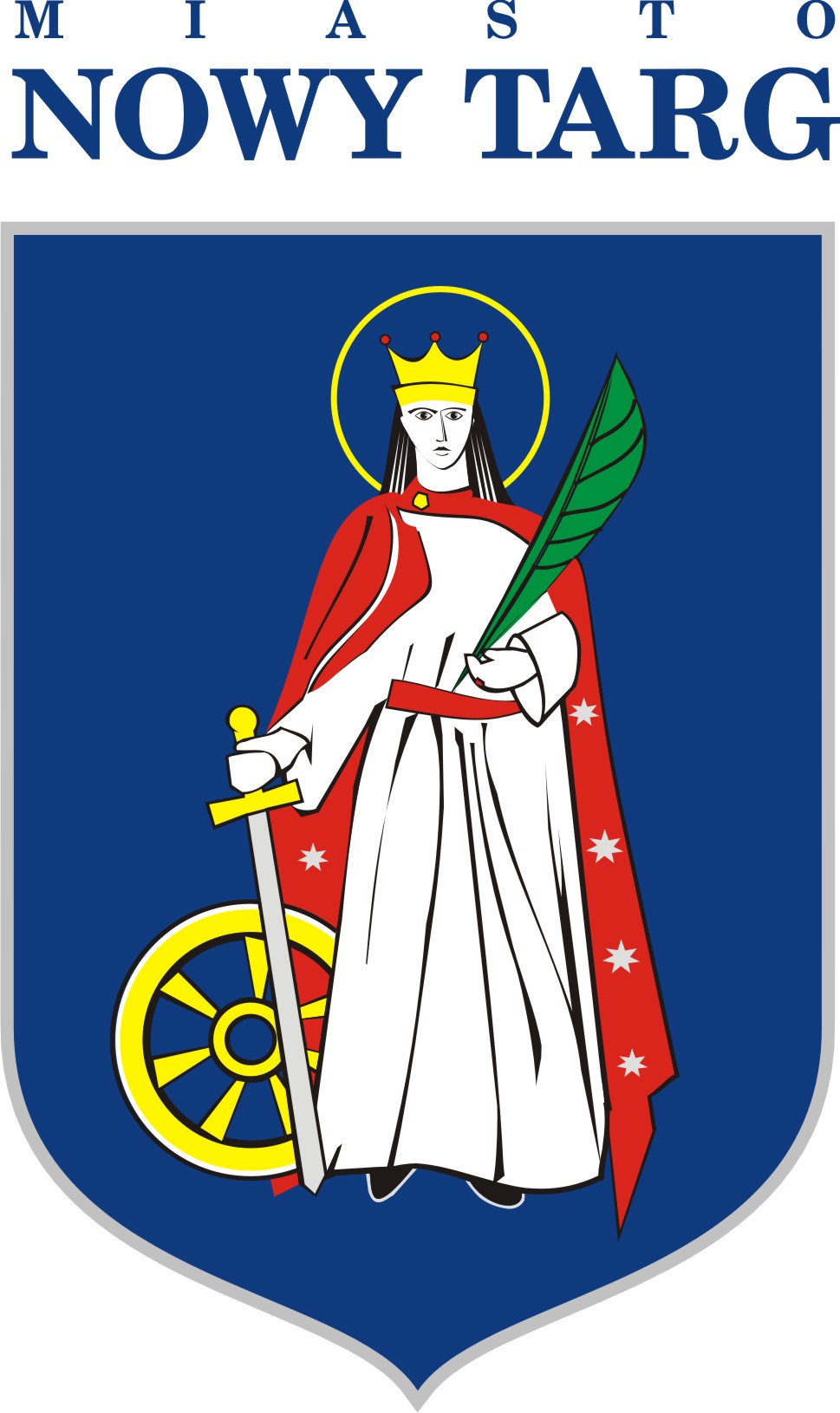Medals of the III European Games – a combination of regional traditions and Olympic symbols
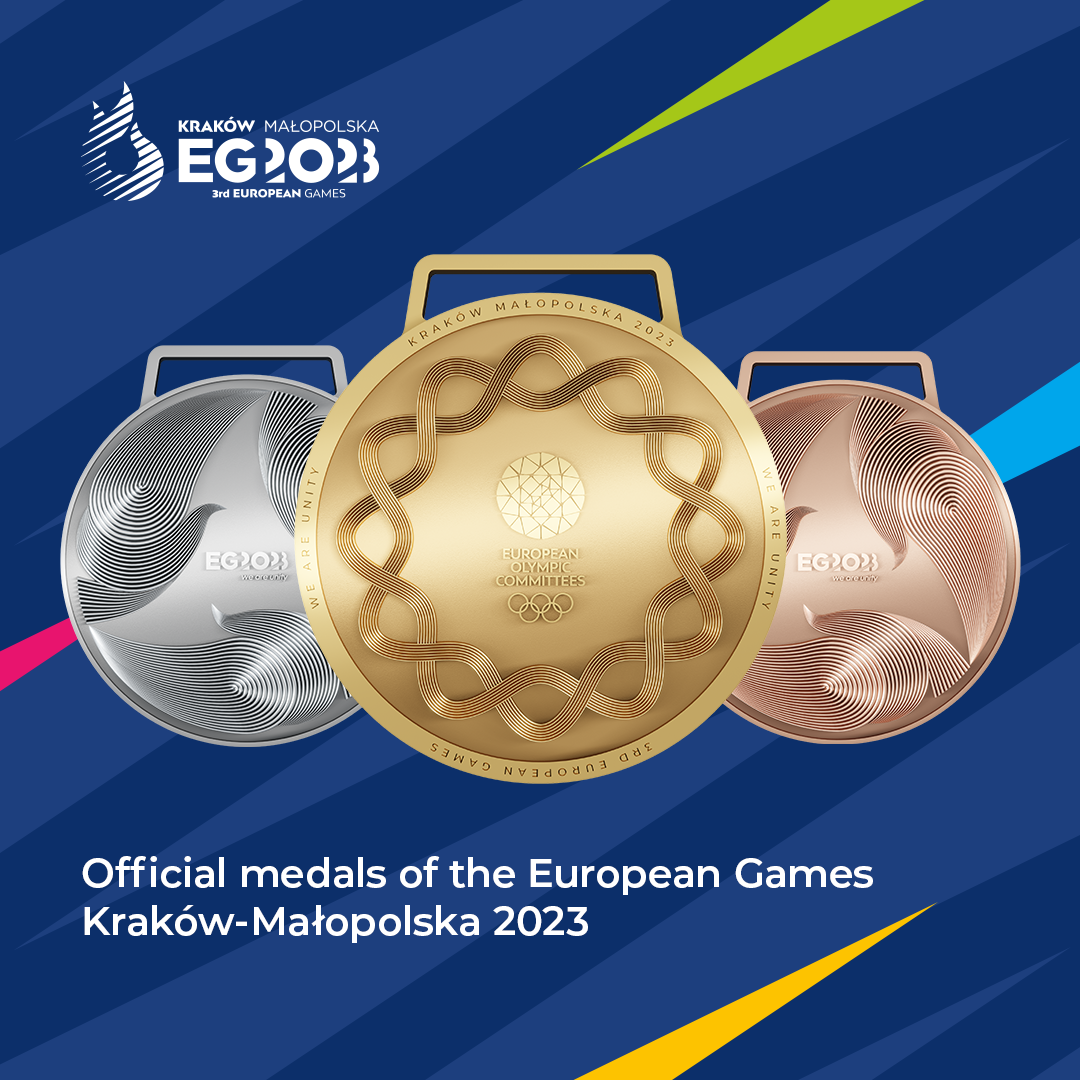
For every athlete, a medal is a dream come true after years of training, sacrifice and determination, and the crowning achievement of innate talent. The way it’s made, and the choice of materials, are not accidental – it requires combining the history of the ancient Olympic Games with traditional craftsmanship and the timeless use of precious metals. The unique medals of the III European Games, full of unique symbolism, were designed by the Beller brand in cooperation with Klaudia Gołaszczyk.
Medals of the European Games Kraków-Małopolska 2023 are a fusion of tradition and modernity. To a large extent, they refer to Polish history, but also to the traditions of the region – which is why there are some simplified forms of folk ornaments. All of Europe, but also the world, has a chance to get to know our roots and the unique DNA of southern Poland.
Thanks to the use of modern technology, highly detailed designs for the medals were made in metals that are difficult to work with – gold, silver and brass. In turn, advanced refining and recycling processes helped in the process of recovering the bullion, putting it back into circulation.
Symbolism of the medals – birds and the number 3
The bird refers not only to the emblem of Poland, but also to Krakow, the host of the III European Games. The symbolism of the eagle also encapsulates the key tenets of Olympic values – strength, hope, leadership and victory, inspiration and courage. The reference to the dove, on the other hand, refers to the timeless ideas of peace and respect.
The birds on the obverse of the medal refer not only to the third edition of the Games, but also to the flock. They symbolize equality, friendship and trust.
Styling – a combination of tradition and modernity
The shape of the medals refers to folk ornaments in a modern way. Its lines evoke the structures of intricate embroidery and thread in the decoration of folk costumes. Lace embroidery is associated with Malopolska and Koniakow – the Polish capital of traditional craftsmanship. There were also references to sports symbolism – the treadmill, track or finish line.
The six arms of each star refer to the symbol of the six-pointed highland rosette, the “flower of life” – a protective symbol, bringing good fortune and protecting from misfortune. The star’s design also symbolically echoes the Games’ slogan, “We are unity”, with its arms intertwined and linked together. The Olympic wreath, to which the medal is stylistically related, is a traditional symbol of glory, fame, triumph, and victory.
